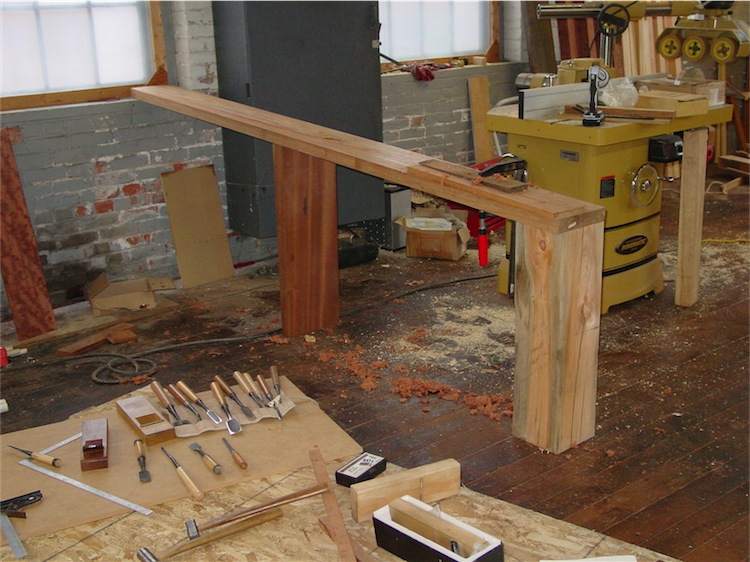bugbear
Established Member
condeesteso":2zkm18y1 said:That's it - with stretcher and legs flush to the front edge of top, the whole front 'plane' is a clamping surface - vital for working edges of big boards, doors etc. This is a Chris Schwarz 'mantra' and I would say he knows a lot about what makes a good bench.
Other (equally respected) people are against it; Landis makes a good presentation on the pros and cons. Robert Wearing is probably the most persuasive advocate of "non flush" - essentially more versatile.
BugBear











